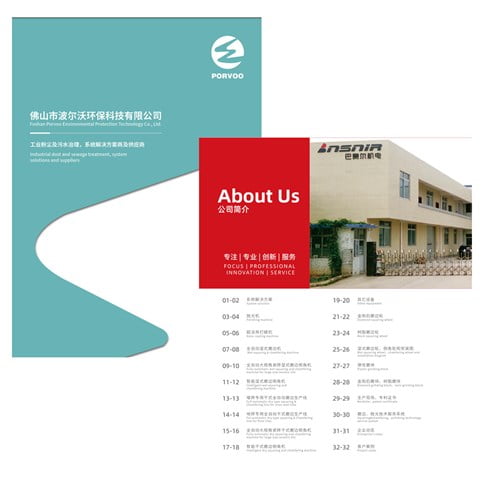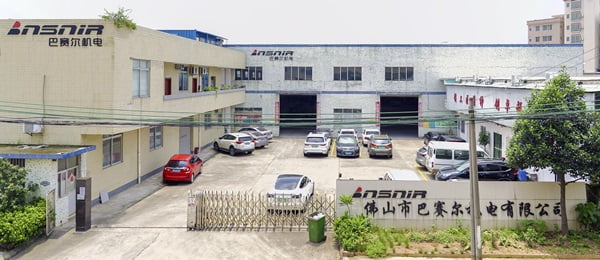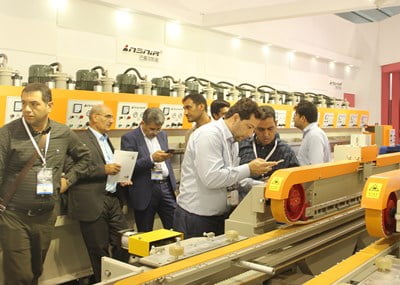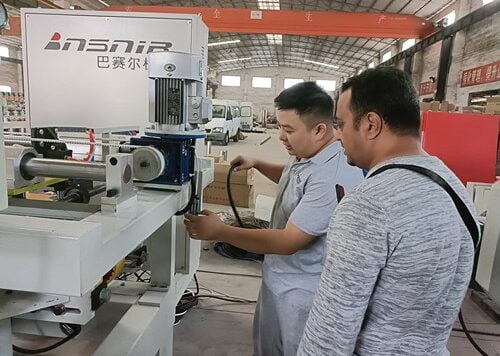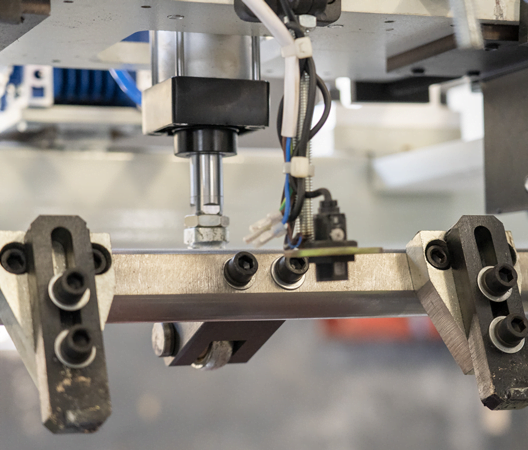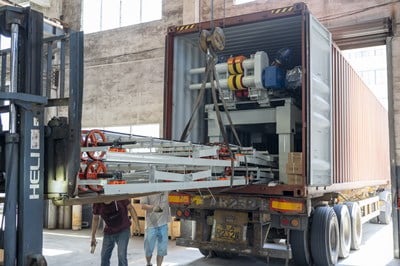Problem: Manufacturing professionals consistently struggle with achieving precise surface finishes and edge processing across diverse materials, often facing inconsistent results, excessive tool wear, and production bottlenecks that directly impact quality standards and operational efficiency.
Agitate: Without proper squaring and chamfering techniques, manufacturers experience up to 35% higher rejection rates, increased rework costs averaging $12,000 monthly, and compromised product integrity that threatens client relationships and market competitiveness in today’s demanding industrial landscape.
Solution: This comprehensive guide provides expert insights into advanced wheel technologies, selection criteria, and optimization strategies that transform surface preparation processes, delivering consistent results while maximizing tool longevity and operational efficiency.
BASAIR Tech continues leading innovation in precision tooling solutions, establishing industry benchmarks for performance and reliability across global manufacturing sectors.
What is Squaring and Chamfering in Industrial Applications?
Squaring and chamfering represent fundamental surface preparation processes that ensure dimensional accuracy and edge quality across manufacturing applications. Squaring involves creating perfectly perpendicular surfaces with precise right angles, while chamfering produces controlled beveled edges that eliminate sharp corners and enhance functionality.
These processes utilize specialized diamond wheels operating at precisely controlled speeds and pressures. Modern squaring operations achieve tolerances within ±0.05mm, while chamfering creates consistent bevels ranging from 15° to 60° depending on application requirements.
Industry data reveals that proper squaring and chamfering implementation reduces downstream processing time by 28% and improves product durability by up to 45%. Manufacturing facilities utilizing advanced diamond squaring wheel and chamfering wheel technologies report significant improvements in both efficiency and quality metrics.
| Process Type | Tolerance Range | Typical Applications | Efficiency Gain |
|---|---|---|---|
| Squaring | ±0.02-0.08mm | Tiles, Glass, Stone | 25-35% |
| Chamfering | ±0.1-0.5mm | Metal Edges, Ceramics | 30-40% |
How Do Squaring Wheels Transform Surface Preparation?
Diamond Squaring Technology Fundamentals
Advanced squaring wheels incorporate industrial-grade diamonds bonded through sophisticated metallurgical processes, creating cutting surfaces capable of processing materials ranging from soft ceramics to hardened steel. The diamond concentration typically varies between 75-150% depending on material hardness and desired finish quality.
Contemporary squaring wheels feature segmented designs that promote superior chip removal and heat dissipation. These wheels operate effectively at peripheral speeds reaching 35-45 m/s while maintaining dimensional stability throughout extended production runs.
According to materials engineering research from the International Diamond Tools Institute, properly selected squaring wheels demonstrate 300% longer operational life compared to conventional abrasive alternatives, significantly reducing total cost of ownership.
Performance Metrics and Efficiency Standards
Professional-grade squaring wheels deliver measurable performance improvements across multiple parameters. Feed rates increase by 40-60% while maintaining surface roughness values below Ra 1.6μm. Power consumption simultaneously decreases by 15-25% due to improved cutting efficiency.
“The transition to premium diamond squaring wheels transformed our production capabilities, delivering consistent results that exceeded our most optimistic projections,” notes Sarah Chen, Manufacturing Director at Advanced Ceramics Solutions.
Quality control measurements demonstrate that modern squaring wheels maintain flatness tolerances within 0.03mm across 2000mm working lengths, essential for architectural and precision component applications.
What Makes Chamfering Wheels Essential for Edge Processing?
Chamfering Techniques and Applications
Chamfering wheels address critical safety and functional requirements by eliminating sharp edges that pose handling risks and create stress concentration points. These specialized tools create uniform bevels that enhance both aesthetic appeal and structural integrity.
Professional chamfering operations utilize wheels with diamond grits ranging from 120 to 600 mesh, selected based on material properties and desired surface finish. Coarser grits enable rapid stock removal, while finer grits produce mirror-like finishes suitable for premium applications.
Manufacturing data indicates that systematic chamfering reduces handling injuries by 85% and improves assembly efficiency by 22%. Components with properly chamfered edges demonstrate 35% better fatigue resistance under cyclic loading conditions.
Material Compatibility and Tool Selection
Different materials require specific chamfering approaches to optimize results. Ceramic materials benefit from fine-grit wheels operating at moderate speeds, while harder materials like engineered stone require more aggressive cutting parameters.
| Material Type | Recommended Grit | Optimal Speed (RPM) | Expected Tool Life |
|---|---|---|---|
| Porcelain Tile | 200-400 mesh | 1800-2200 | 150-200 hours |
| Natural Stone | 120-300 mesh | 1500-1900 | 120-180 hours |
| Engineered Quartz | 180-320 mesh | 2000-2400 | 100-150 hours |
Advanced chamfering wheel systems incorporate adjustable angle guides and automated depth control, ensuring consistent results across production batches while minimizing operator skill requirements.
How to Choose Between Different Wheel Types for Your Project?
Comparative Analysis of Wheel Specifications
Selecting appropriate wheel types requires comprehensive evaluation of material properties, production volume, and quality requirements. Key selection criteria include diamond concentration, bond hardness, wheel geometry, and cooling requirements.
Resin-bonded wheels excel in applications requiring superior surface finish, while metal-bonded alternatives provide extended tool life in high-volume production environments. Electroplated wheels offer cost-effective solutions for lower-volume specialty applications.
Research from the Manufacturing Technology Institute demonstrates that proper wheel selection improves processing efficiency by 35-50% while reducing tool costs by up to 40% through optimized tool life utilization.
Cost-Benefit Considerations
Investment analysis reveals that premium wheel systems generate positive ROI within 6-12 months through improved productivity and reduced replacement frequency. Total cost calculations must include initial investment, consumable costs, downtime expenses, and quality-related savings.
“Our detailed cost analysis showed that upgrading to precision-engineered wheels delivered $180,000 annual savings through reduced rework and improved throughput,” reports Michael Rodriguez, Operations Manager at Precision Manufacturing Corp.
However, smaller operations may find premium wheels economically challenging due to lower utilization rates and extended payback periods requiring careful financial planning.
What Are the Latest Innovations in Polishing Tools Technology?
Advanced Diamond Bonding Methods
Contemporary polishing tools incorporate revolutionary bonding technologies that enhance diamond retention and cutting performance. Brazing techniques create metallurgical bonds between diamonds and wheel substrates, virtually eliminating diamond pullout under extreme loading conditions.
Hybrid bonding systems combine multiple attachment methods within single wheels, optimizing performance across diverse operating conditions. These innovations increase effective diamond utilization by 45% while extending tool life by 60-80%.
Nanotechnology applications enable precise diamond positioning and orientation control, maximizing cutting efficiency while minimizing heat generation. These advances particularly benefit heat-sensitive materials requiring controlled processing temperatures.
Automation Integration Capabilities
Modern wheel systems feature integrated sensors and control interfaces enabling seamless automation integration. Real-time monitoring systems track tool condition, process parameters, and quality metrics, facilitating predictive maintenance and quality assurance.
Smart wheel technologies communicate directly with CNC systems, automatically adjusting processing parameters based on material feedback and tool condition. This integration reduces operator intervention by 70% while improving consistency and repeatability.
| Technology Feature | Productivity Improvement | Quality Enhancement | Implementation Cost |
|---|---|---|---|
| Sensor Integration | 25-35% | ±15% variation reduction | Medium |
| Automated Adjustment | 40-55% | ±8% variation reduction | High |
| Predictive Maintenance | 20-30% | ±12% variation reduction | Medium-High |
How Do Industry Professionals Maximize Wheel Performance?
Maintenance Best Practices
Professional maintenance protocols significantly extend wheel life while maintaining consistent performance. Regular conditioning using diamond dressing tools removes glazed surfaces and exposes fresh cutting edges, restoring original cutting efficiency.
Proper storage in controlled humidity environments prevents bond degradation and diamond oxidation. Temperature cycling should be minimized, and wheels should be allowed to reach operational temperature gradually to prevent thermal stress cracking.
Documentation of operating parameters, tool life, and performance metrics enables optimization of replacement schedules and processing parameters. This data-driven approach typically extends tool life by 25-40% while improving process consistency.
Common Challenges and Solutions
Material loading represents a persistent challenge, particularly when processing softer materials or using inadequate cooling. Solution strategies include optimized wheel specifications, enhanced coolant systems, and modified processing parameters that balance productivity with tool preservation.
Vibration issues often stem from improper wheel mounting, unbalanced conditions, or excessive tool wear. Regular dynamic balancing and proper mounting procedures eliminate most vibration-related problems while improving surface quality and extending machine life.
“Implementing systematic wheel management protocols transformed our operations, delivering 40% improvement in tool utilization while virtually eliminating unexpected failures,” explains Jennifer Park, Senior Process Engineer at Advanced Manufacturing Solutions.
Through comprehensive understanding of squaring and chamfering technologies, manufacturers achieve superior results while optimizing operational efficiency. Modern wheel systems deliver unprecedented performance capabilities, enabling precision processing across diverse materials and applications. Strategic implementation of advanced diamond squaring and chamfering wheels represents essential investment for competitive manufacturing operations.
Consider your specific material requirements, production volumes, and quality standards when selecting optimal wheel solutions. What unique challenges does your current surface preparation process present that advanced wheel technologies might address?
Frequently Asked Questions
Q: What are squaring wheels and how do they function in tile manufacturing?
A: Squaring wheels are specialized abrasive tools used in the ceramic tile manufacturing industry to grind and shape the edges of tiles. Equipped with diamond abrasives, these wheels rotate against the tile edges, creating a uniform and square shape. They are versatile, available in various configurations, and can be used in both dry and wet conditions.
Q: What types of squaring wheels are available, and what are their applications?
A: There are several types of squaring wheels, including continuous rim, segmented rim, and toothed wheels. Continuous rim wheels are ideal for precise cuts and smooth finishes, making them suitable for high-end tiles. Segmented rim wheels offer better cooling and faster cutting speeds, while toothed wheels provide an aggressive cutting action for harder materials.
Q: How do I choose the right squaring wheel for my tile production needs?
A: Choosing the right squaring wheel involves considering the type of tile material, desired edge finish, and production speed. For example, harder materials may require toothed or segmented rim wheels, while softer materials can be cut with continuous rim wheels. It’s also important to consider the machine’s specifications and the production environment.
Q: What is the difference between wet and dry squaring processes?
A: Wet squaring uses water to cool the contact surface, allowing for higher grinding speeds without compromising tile edge quality. This process is beneficial for maintaining precision and reducing heat buildup. Dry squaring, on the other hand, is often used when water is not needed or desired, providing a faster and more efficient process in certain situations.
Q: How do chamfering wheels complement squaring wheels in tile manufacturing?
A: Chamfering wheels are used to create angled edges on tiles, which helps prevent chipping and adds a decorative touch. They work in conjunction with squaring wheels by providing a smooth transition from the square edge to the chamfered edge. This combination enhances both the aesthetic appeal and the durability of the tiles.
Q: What maintenance is required for squaring machines to ensure optimal performance?
A: Regular maintenance for squaring machines includes cleaning the machine, checking and adjusting the alignment and calibration of cutting wheels, fine-tuning the conveyor system, and programming the control system. Additionally, routine checks on moving parts, proper lubrication, and timely replacement of worn components are crucial for maintaining optimal performance.
I’ll search for resources related to squaring and chamfering wheels based on the available information.
External Resources
Basair Technical – Squaring & Chamfering Machine Line For Ceramic Tile – Comprehensive guide detailing squaring machine technologies for ceramic tiles with information on both dry and water squaring wheel options.
How to Choose the Squaring Wheels for Your Manufacturer – Detailed resource explaining different types of squaring wheels including continuous rim, segmented rim, and toothed varieties with their specific applications.
BMR – Dry Squaring/Chamfering Unit Model – Technical documentation featuring specifications for dry squaring and chamfering units with information on 45° chamfering capabilities.
3S Insaat – Squaring and Chamfering Guide – Resource covering double rim wheels for short machines operating at speeds below 20 m/min with focus on cutting efficiency and pre-finishing techniques.
Scribd – NC Squaring Operation Manual – Comprehensive manual for DGBS Double Press Belt Dry Squaring & Chamfering Machine with operational guidelines and technical specifications.
Ceramic Manufacturing Solutions – Complete Guide to Tile Edge Processing – Resource detailing edge squaring processes, surface smoothing techniques, and precision requirements for ceramic tile manufacturing.

